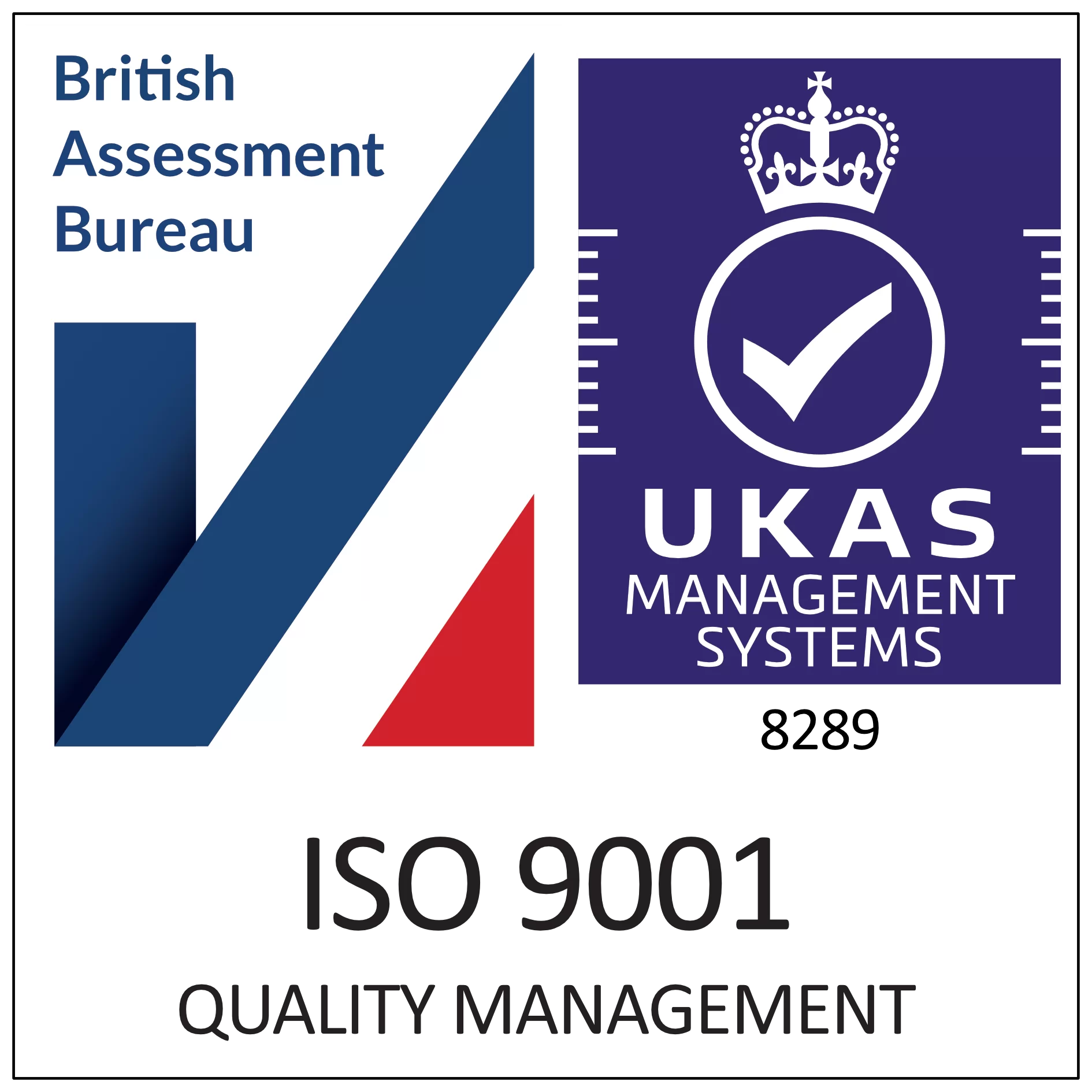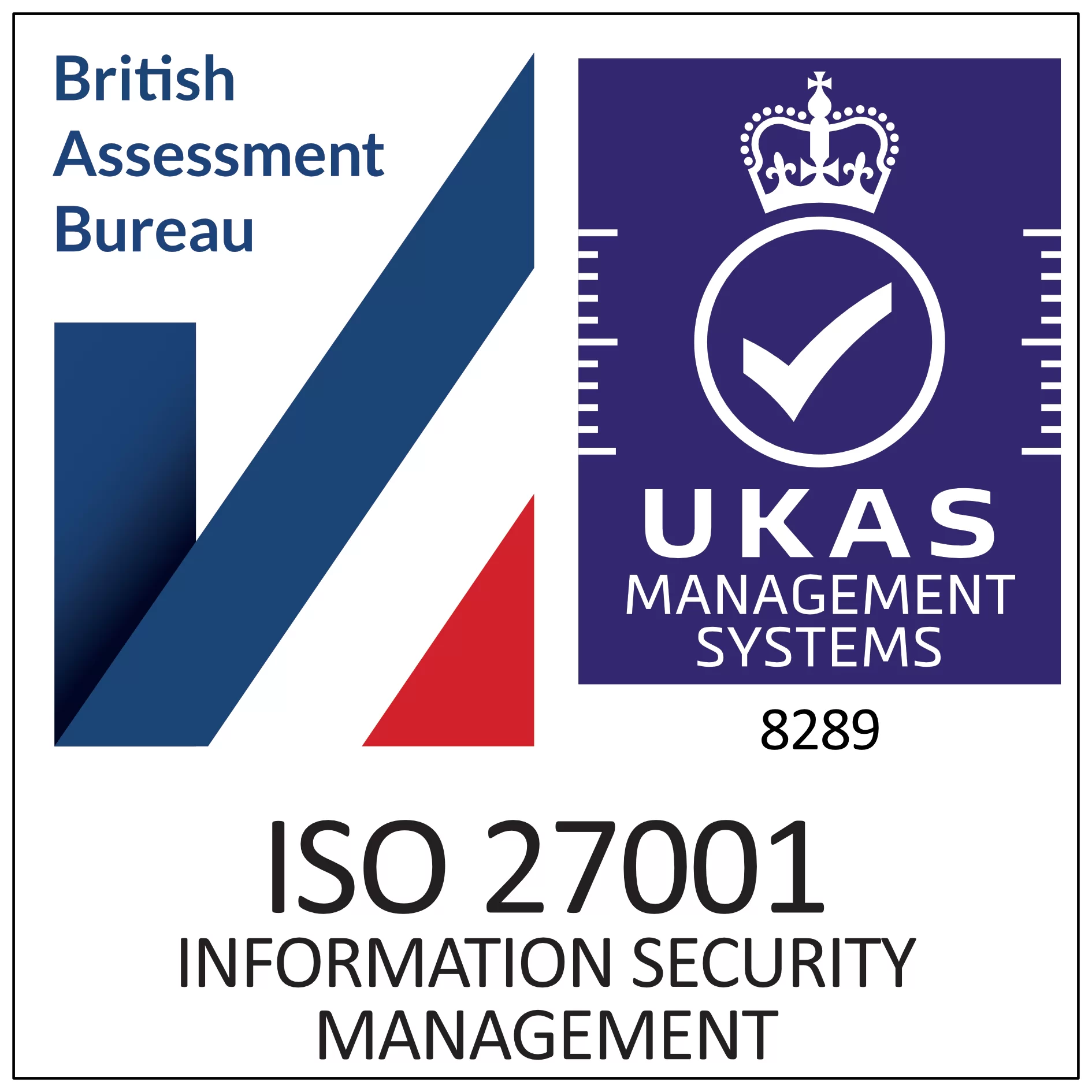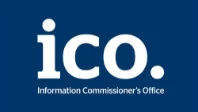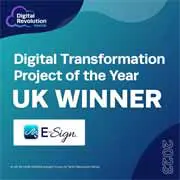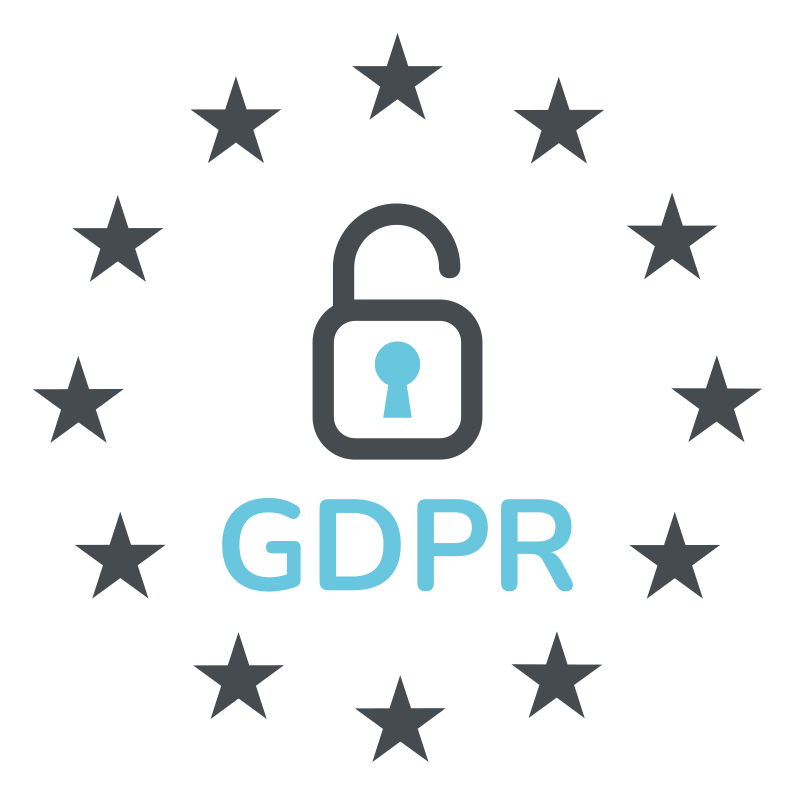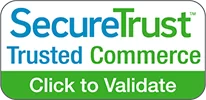Home | News & Insights |
Electronic Signatures in Healthcare: How E-Signatures Can Help the NHS
Laura Cain
Marketing & Brand Manager
PUBLISHED
29th November, 2021
Contents
No contents found.
If we think about all the documentation used in healthcare, from prescriptions and fit notes to clinical charts and care plans-not to mention the plethora of administrative documents behind the scenes, that’s a lot of paperwork that needs to be printed, signed and stored… and a bureaucratic process that takes valuable time away from patient care. It’s estimated that nurses spend a quarter of their shift managing paperwork and EHRs (Electronic Health Records), while doctors can spend up to 49.2% of their working hours filling in documents.
With healthcare professionals under more pressure than ever to deliver in an overburdened and underfunded healthcare system, the last thing they need to worry about is managing reems of paperwork. The digitalisation of documents could go a long way to alleviating some of this pressure, enabling our healthcare workers to spend more time with patients and less time on paperwork. Electronic Health Records, introduced in 2015, are a vital first step towards a paperless healthcare service. Despite this, in 2019, only 10% of NHS Trusts had achieved full digitalisation, with a further 62% making plans to go paperless by 2023.
How Can Electronic Signatures Help?
Electronic signatures are a vital component of digitalisation. In a high-risk environment such as a hospital or GP surgery, procedures and processes are in place to protect patients and ensure they receive the best possible treatment, performed to the highest standards. Signatures are required to keep a record of the patient’s treatments and to cover healthcare professionals in case of legal disputes. Electronic signatures, however, can help hospitals and GPs achieve their target of going paperless, whilst upholding the strict procedures necessary in a healthcare environment.
Rather than printing, signing, scanning and filing the necessary paperwork, electronic signatures allow healthcare professionals to sign documents digitally, helping to streamline these vital processes and free up time to spend on patient care.
Are Electronic Signatures Legally Binding in Healthcare?
Like their handwritten counterparts, electronic signatures signify ‘knowledge, approval, acceptance, or obligation’ to the conditions outlined in a document, making these specified conditions legally binding and admissible in court. Electronic signatures have been legally binding in the UK since 2000, with the introduction of the Electronic Communication Act (2000). Furthermore, in September 2019, the Law Commission published a comprehensive report supporting the legality of electronic signatures in demonstrating ‘intention and agreement’, which helped to clear up any remaining doubt surrounding their legality and validity.
In a healthcare setting, electronic signatures also retain their legality and court admissibility and can therefore be used in place of handwritten signatures, or ‘wet’ signatures, on all healthcare related documents including: is something missing here?
Is the NHS going Paperless?
It’s safe to say that the NHS has been trying to go paperless for a long time. First announced in 2013, the Department of Health laid out an ambitious plan to eliminate paper-based processes by 2018. The original deadline was missed and pushed back to 2020, only to be pushed back again to 2023.
Despite the numerous benefits of going digital, bringing the NHS into the 21st century is proving to be more complex than perhaps initially thought. With around 223 NHS trusts and 6,822 GP practices, implementing a cohesive digital strategy across all of the NHS is challenging and costly; most healthcare settings will use a mishmash of paper and electronic records.
This aim to go paperless is part of a wider digitalisation strategy, a key focus of the NHS long term plan. Digital technology is often lauded as the key to improving operational efficiency, saving money and providing better, safer care to service users.
How Are Electronic Signatures Helping the Healthcare Sector Go Digital?
Across the healthcare sector, e-signatures are already used on a variety of documents as part of the digitalisation strategy. Let’s take a closer look at how e-signatures are driving change across all levels of the healthcare industry.
E-Signing Prescriptions
Before digital technology came along, patients had to act as the middleman between their GP and pharmacy. The doctor would print and sign a prescription and hand it over to the patient, who would then have to take it to the pharmacy. It wasn’t the most efficient process and put a lot of responsibility into patients’ hands.
Launched in 2013, the Electronic Prescription Service (EPS) is now used in 93% of England’s GP practices and over 67% of prescriptions are now delivered via EPS. Instead of printing and hand signing a paper copy, GPs can electronically sign prescriptions and forward them to the pharmacy in just a few clicks. This not only saves time for GP and patients alike but also saved the NHS £136 million between 2013 to 2016 alone.
After successfully implementing electronic signatures across GP services, digital prescribing is now being rolled out across the entire NHS, including hospitals, bringing these time and money-saving benefits to NHS trusts and helping the organisation to reach its goal of going paperless by 2024.
E-Sign Con/products/econsent/sent Forms
The NHS website states that consent to treat means “a person must give permission before they receive any type of medical treatment, test or examination.” This consent can be given verbally, like in the case of a blood test, or in writing, like signing a consent form for surgery. Consent forms are also used in medical research, for things like clinical trials.
In 2017, the HRA and MHRA released a joint statement, confirming that electronic signatures could be used to seek, confirm and document consent for clinical trials saying “The use of electronic signatures and authorisations is becoming increasingly common. We’ve had queries about their validity in protocols and other documents and we’d like to clarify that we accept them as an alternative to ink signatures (hra.nhs.uk).”
By using eConsent, the healthcare sector can reduce the time and cost of clinical trial administration. Providing all the information they need via digital means such as a tablet, smartphone or multimedia experience can also improve participates’ understanding of the trial, making it easier for clinicians to obtain the all-important ‘informed consent’.
Signing Fit Notes
If you’re ill and off work for more than 7 days (during which you can self-certify), you may need to provide your employer with a ‘fit note’ from a doctor or Allied Health Professional. This will provide your employer with confirmation that you’re ‘not fit for work’ and can be used to claim Statutory Sick Pay (SSP).
Whilst some healthcare professionals still use pen and paper to write out a physical sick note for patients, they can now be generated electronically thanks to digital signatures. This allows GPs and Allied Health Professionals to create a fit note, or ‘MED 3’ as it’s also known, and electronically sign the document without having to print it out first.
Switching from paper to electronic fit notes has the potential to bring a lot of benefits to both GPs and patients. When the technology is used correctly, it can reduce the creation time of a fit note and also means that documents can be sent via email, allowing employees to submit the document to their employer or Department of Work and Pension much quicker.
E-Sign PGDs
PGDs or Patient Group Directions are “a written instruction for the sale, supply and/or administration of medicines to groups of patients who may not be individually identified before presentation for treatment (sps.nhs.uk)”. It basically allows a specified healthcare professional/s to supply or administer medicine without a prescription or instruction from the prescriber (for example, walk-in centres for immunisations or contraception).
Whilst there was nothing in PGD legislation to prohibit digital signatures, the MHRA nevertheless confirmed that electronic signatures can be used to sign and authorise PGDs. They do require an advanced electronic signature, however, meaning it must follow the criteria that we already outlined in our ‘What is an electronic signature’ section.
Authorising electronic signatures on PGDs is another important step towards achieving digitalising the healthcare sector. Whilst electronic signatures are perfectly legal under the 2000 Electronic communications Acts, re-confirming the legality of e-signatures in the healthcare sector, as well as outlining guidance and best practices for their usage can help to encourage uptake across the sector.
Benefits of Going Digital With E-signatures for the Healthcare Sector
It’s safe to say there are a lot of benefits to ditching paper processes and increasing digitalisation within the healthcare sector. This is particularly true for the NHS, which is always looking to streamline administration and productivity-hampering bureaucracy. Here are the main benefits of implementing digital documents and an electronic signature in the health and social care industry.
Save Money on Printing
Whilst each trust spends a different amount on MFD (Multi-functional devices i.e. printers/ scanners) and printing, paper processes are costing the NHS hundreds of thousands of pounds each year. In 2018, The Mid Yorkshire NHS Trust spent £179,496 on paper alone, a cost that could be virtually eliminated if the Trust became fully digitalised with the help of electronic signatures. Reducing expenditure on printing frees up much-needed funds that could be spent elsewhere in the NHS, like investing in more staff, new equipment, and other resources.
Spend More Time With Patients
Streamlining paperwork with electronic signatures enables healthcare professionals to spend more time on patient care. No one trains as a doctor, nurse, or healthcare assistant to spend hours of their shift filling in paperwork-they do it to care for and treat patients. Electronic signatures can reduce the time spent on paperwork, increasing efficiency and productivity in GP surgeries and hospitals, allowing healthcare professionals to give a better quality of care to patients.
Centralise Documentation
In January 2020, Matt Hancock noted that “two-thirds of all the patient data held by hospital trusts is generated and held in disorganised form, as freeform electronic documents or scanned letters or pdfs.” Electronic signatures have the potential to improve data organisation by eliminating the need for scanning and filing, helping to centralise patient documentation in one place and making it easier to search for relevant documents.
Better Patient Experience
Electronic signatures not only streamline paperwork for medical professionals but also for patients. From fit notes to prescriptions, digitalisation has the potential to make life significantly easier for patients, especially those with disabilities or limited mobility. What’s more, with better-organised records, healthcare professionals and administrators can provide a smoother patient experience and focus on providing the best care possible.
Prepare for a Digital Future
With the NHS looking to ditch paper by 2024, trusts and GP surgeries across the country need to be looking at ways to meet this target. As the way we work and live moves increasingly online, healthcare providers need to be able to keep up. As the NHS moves slowly into the 21st century with projects like the NHS APP and Electronic Patient Records, continuing to use pen and paper could hamper progress and lead to varying digital maturity across individual Trust and GPs.
Are You Looking for a Reliable E-signature for Your Healthcare Organisation?
If you’re looking for a reliable e-signature to use in your healthcare organisation, give E-Sign a go today. Whether you’re a private or NHS provider, we can offer you a user-friendly and secure electronic signature to kickstart your digital journey.
E-Sign is a leading provider of digital transaction management solutions, supplying professional services including Electronic Signatures, Web Forms, ID Checker, Verification Tools, Personalised Emails, API and Payment Processing to businesses of all sizes across the UK.
To find out more about our E-Sign solutions and how they could transform your business, get in touch with us today.
 Facebook
Facebook
 X (Twitter)
X (Twitter)
 LinkedIn
LinkedIn


